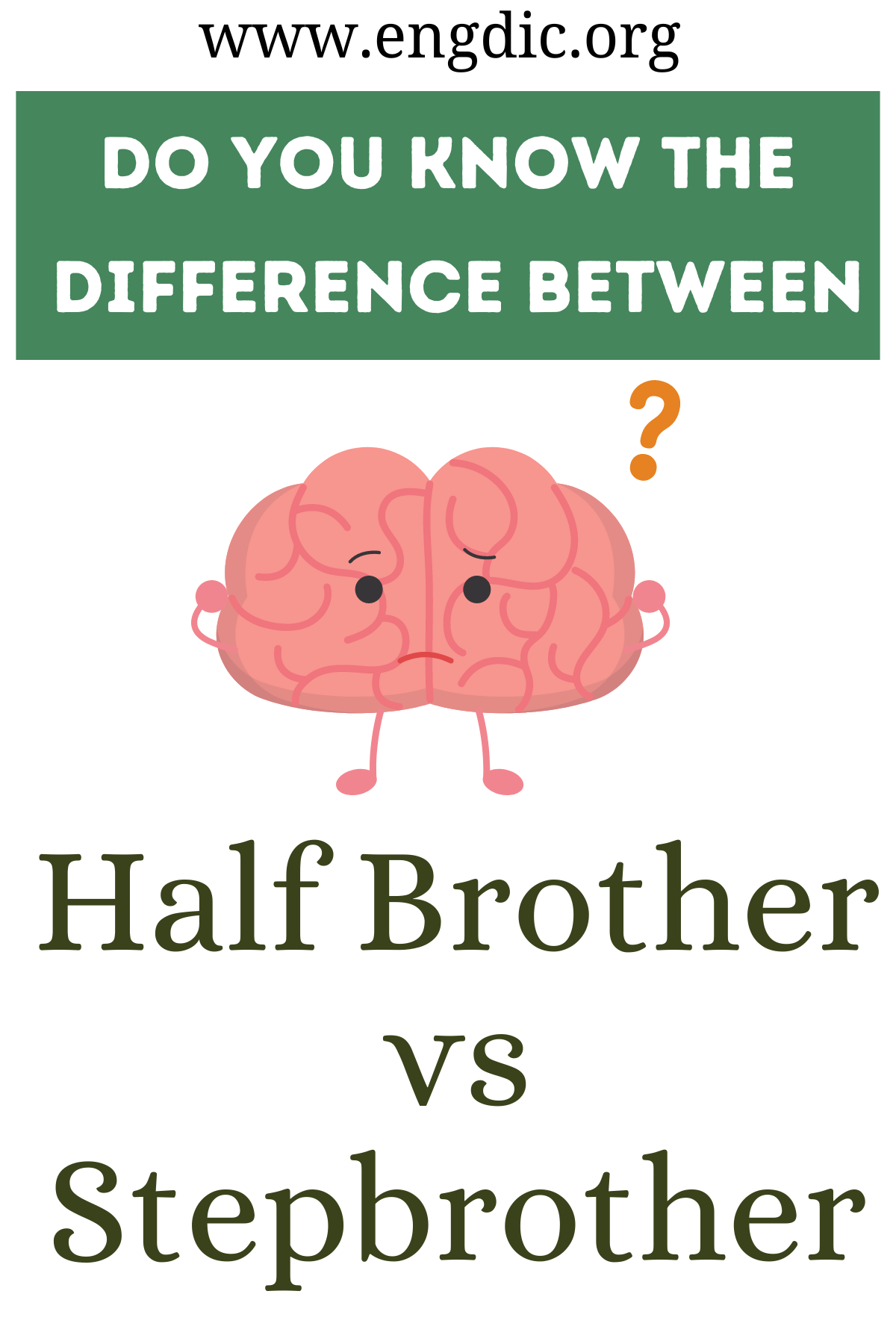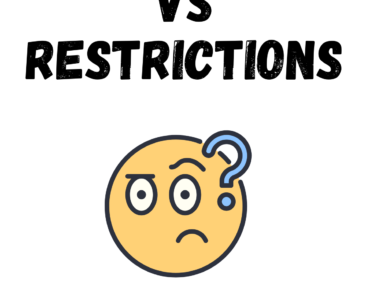Half-brothers and stepbrothers differ in their familial relationships and bloodlines.
- A half-brother shares one biological parent with you, making him a partial sibling by blood.
- In contrast, a stepbrother has no biological connection to you but becomes part of your family through the remarriage of a parent.
This distinction is crucial in understanding family dynamics and lineage, as half-brothers maintain a genetic bond through one shared parent, while stepbrothers are linked only through marriage.
Half Brother
Definition:
A half-brother is a sibling who shares one biological parent with you. This relationship arises when one of your parents has a child with another partner.
Usage:
- Family Dynamics: Half-brothers share a biological bond and often have a blended family dynamic.
- Inheritance: In many legal systems, half-brothers are treated similarly to full siblings concerning inheritance rights.
- Genetics: Half-brothers have around 25% of their DNA in common, as opposed to 50% in full siblings.
Examples:
- You and your half-brother share the same mother but have different fathers.
- John and Mark are half-brothers since they have the same father but different mothers.
Stepbrother
Definition:
A stepbrother is a sibling who becomes a family member through the marriage of one of your parents to their parent, without sharing any biological relationship.
Usage:
- Family Dynamics: Stepbrothers might have varying relationships depending on when they join the family.
- Legal Rights: Unlike half-brothers, stepbrothers may not have automatic inheritance rights unless legally adopted.
- Living Arrangements: Stepbrothers often start living together after their parents’ marriage.
Examples:
- After her mother remarried, Jenny gained a stepbrother named Tom.
- Despite being stepbrothers, James and Kevin have developed a strong bond.







